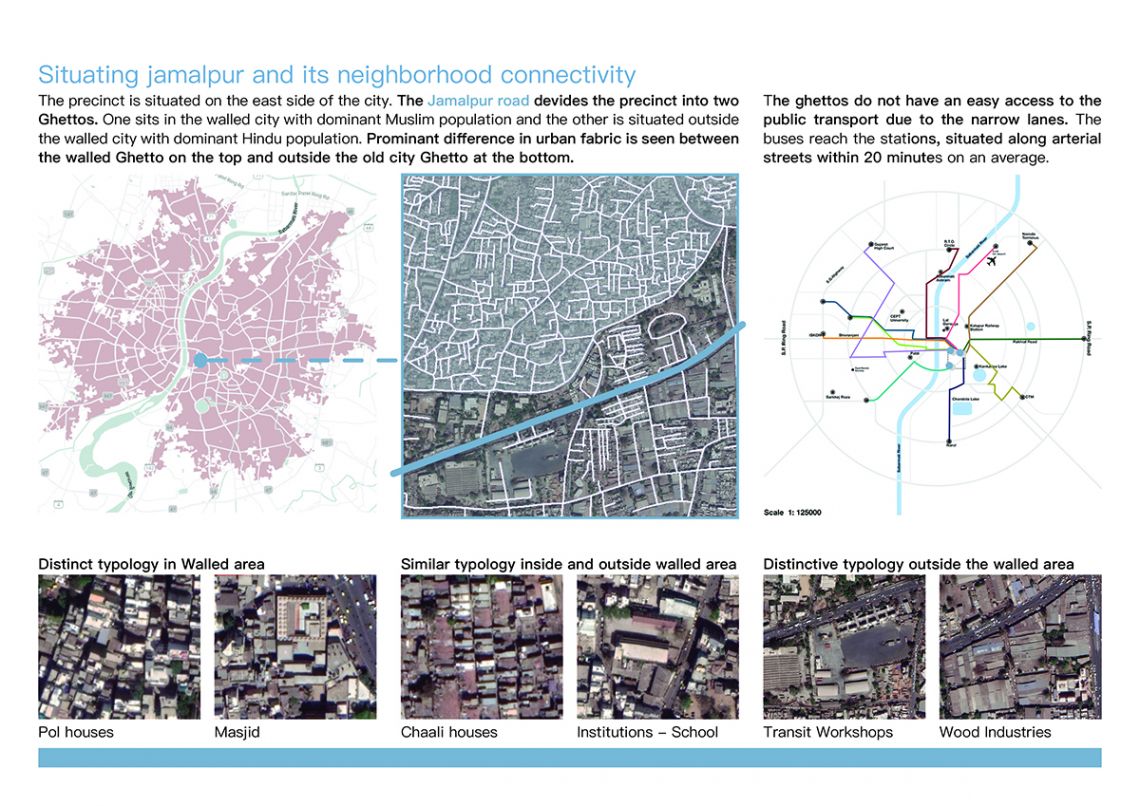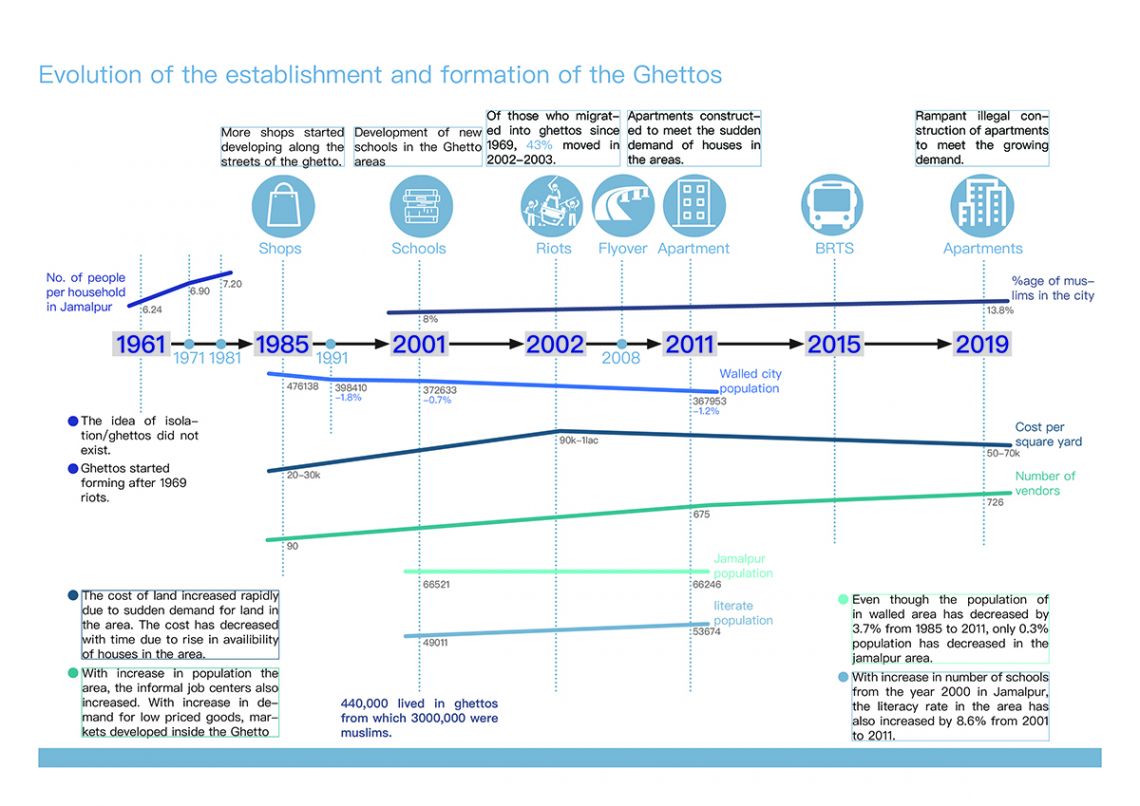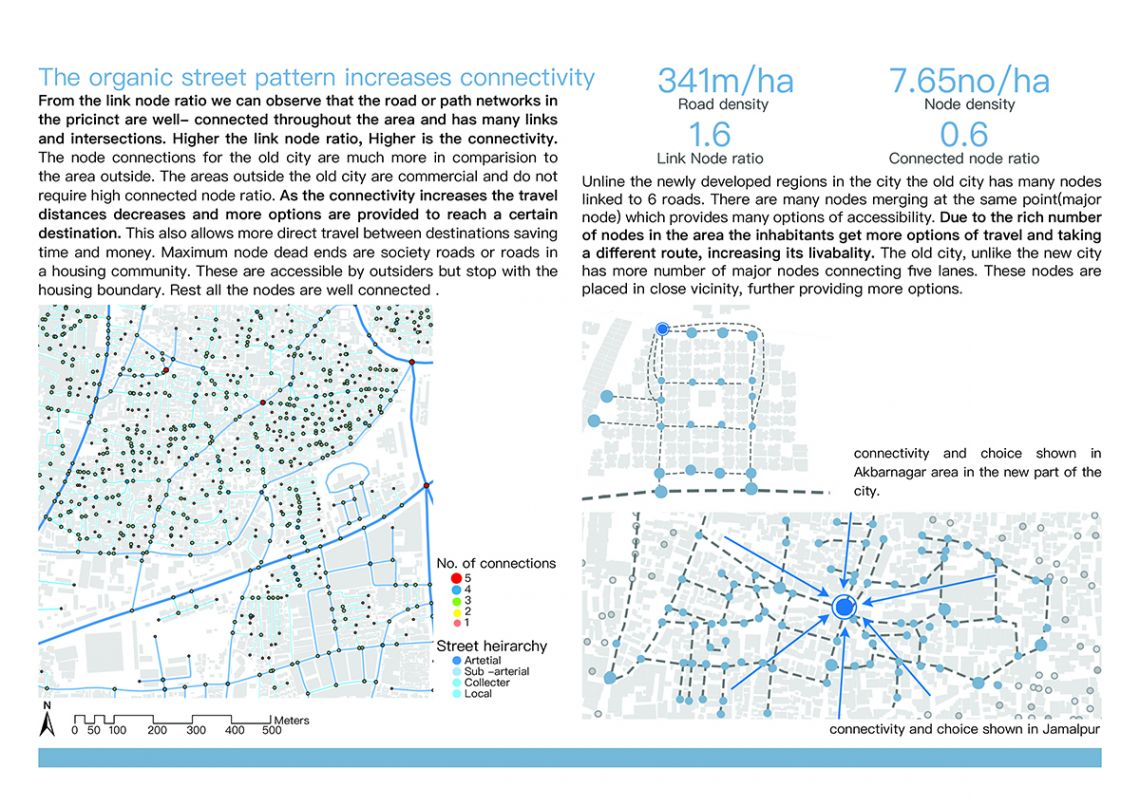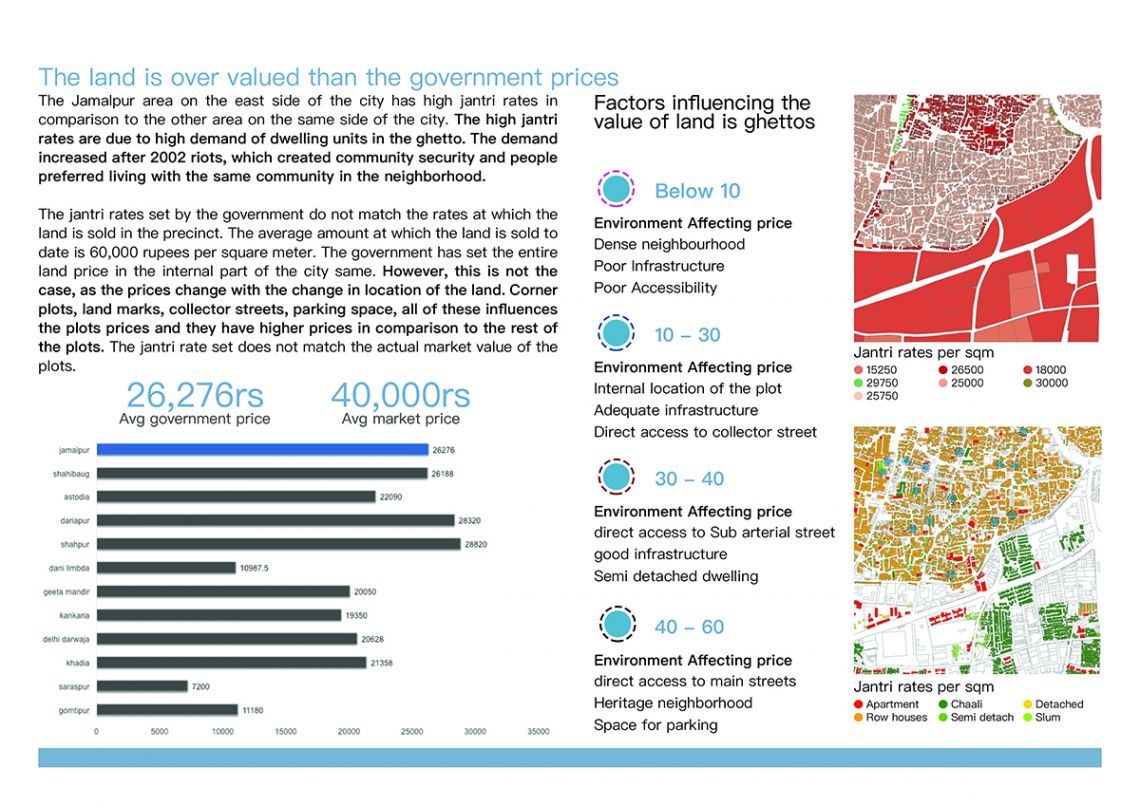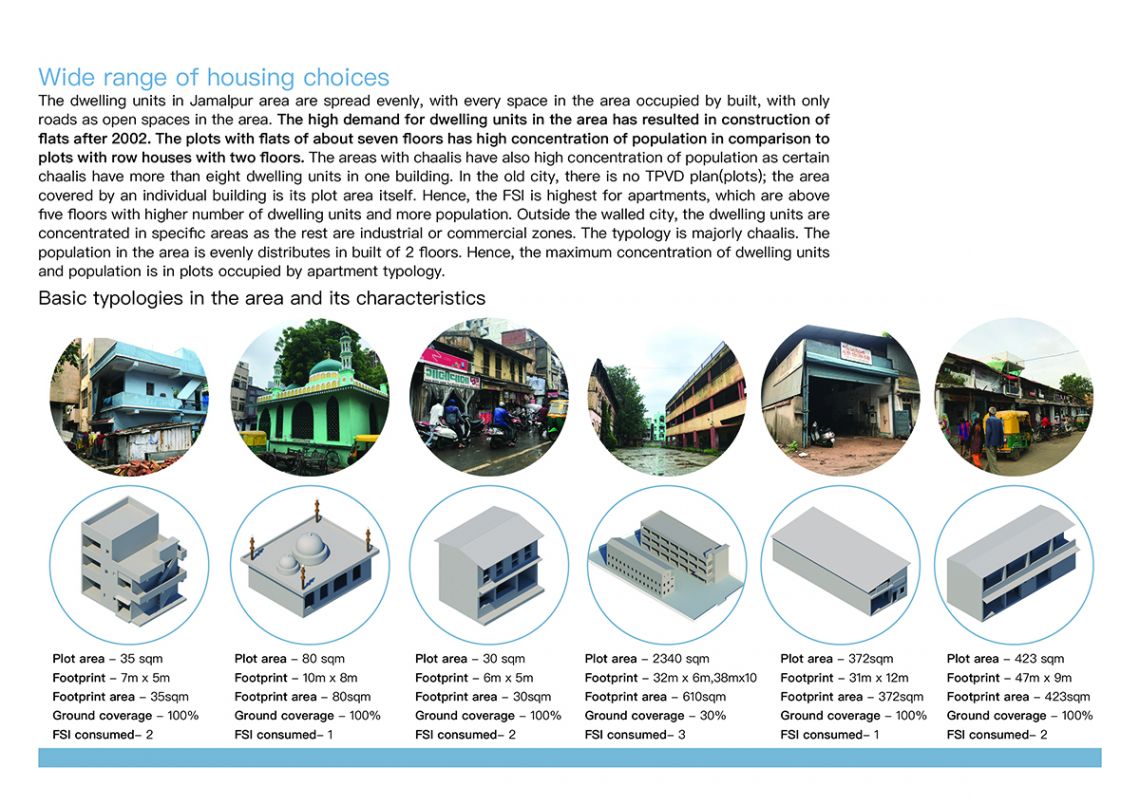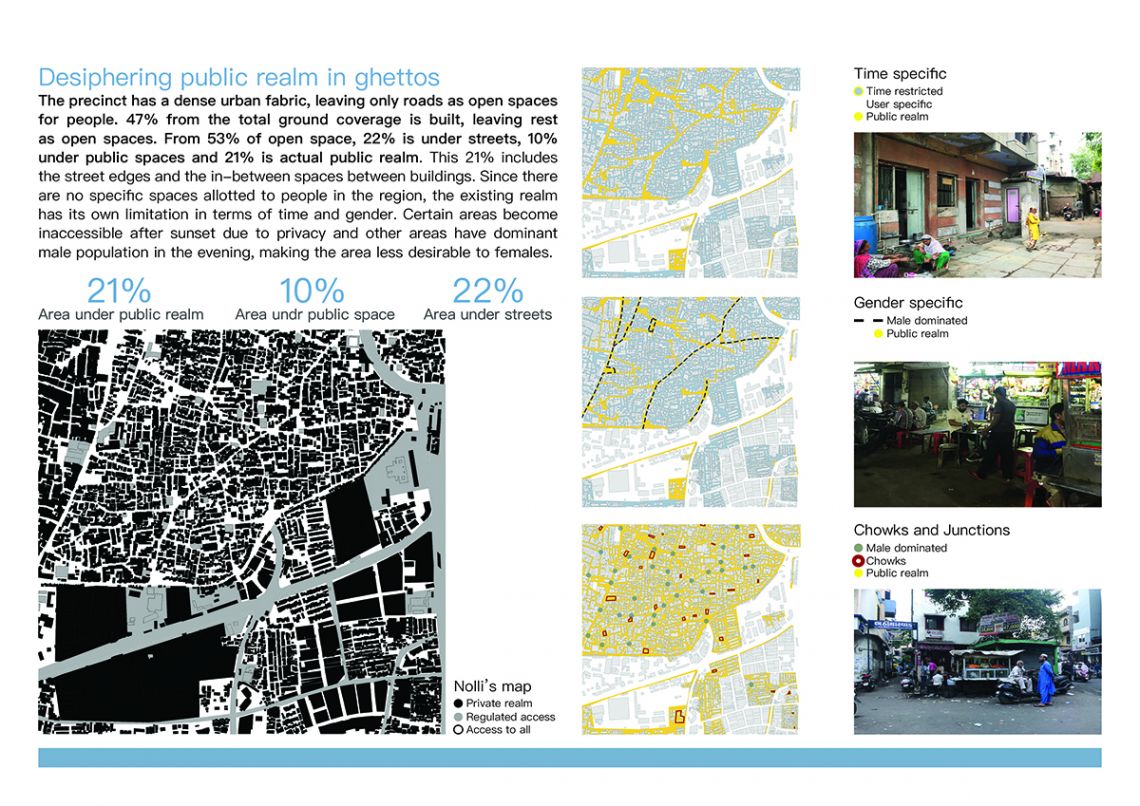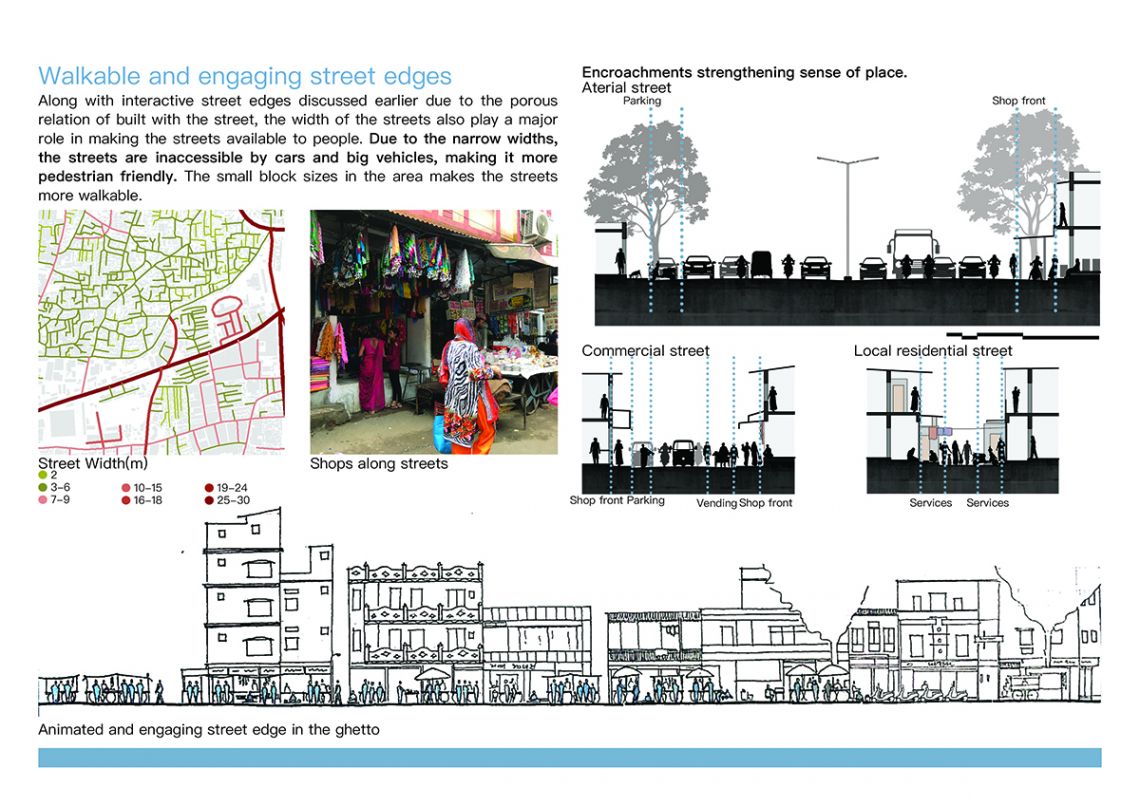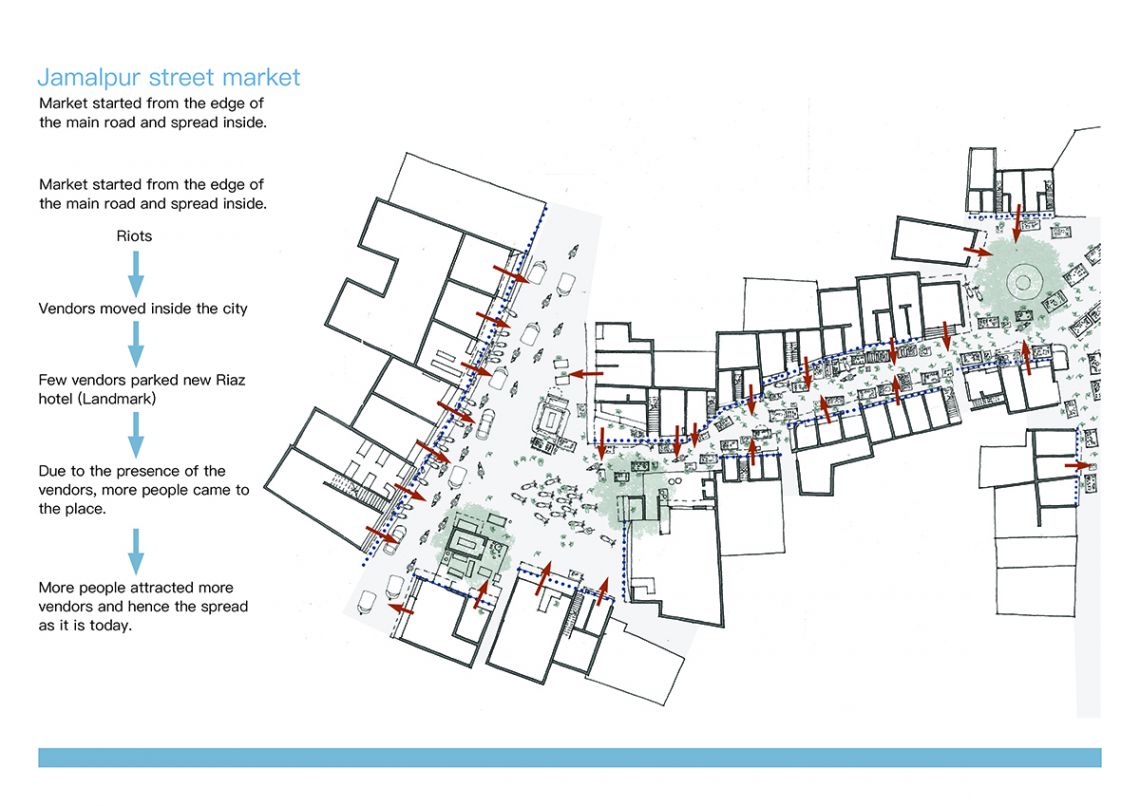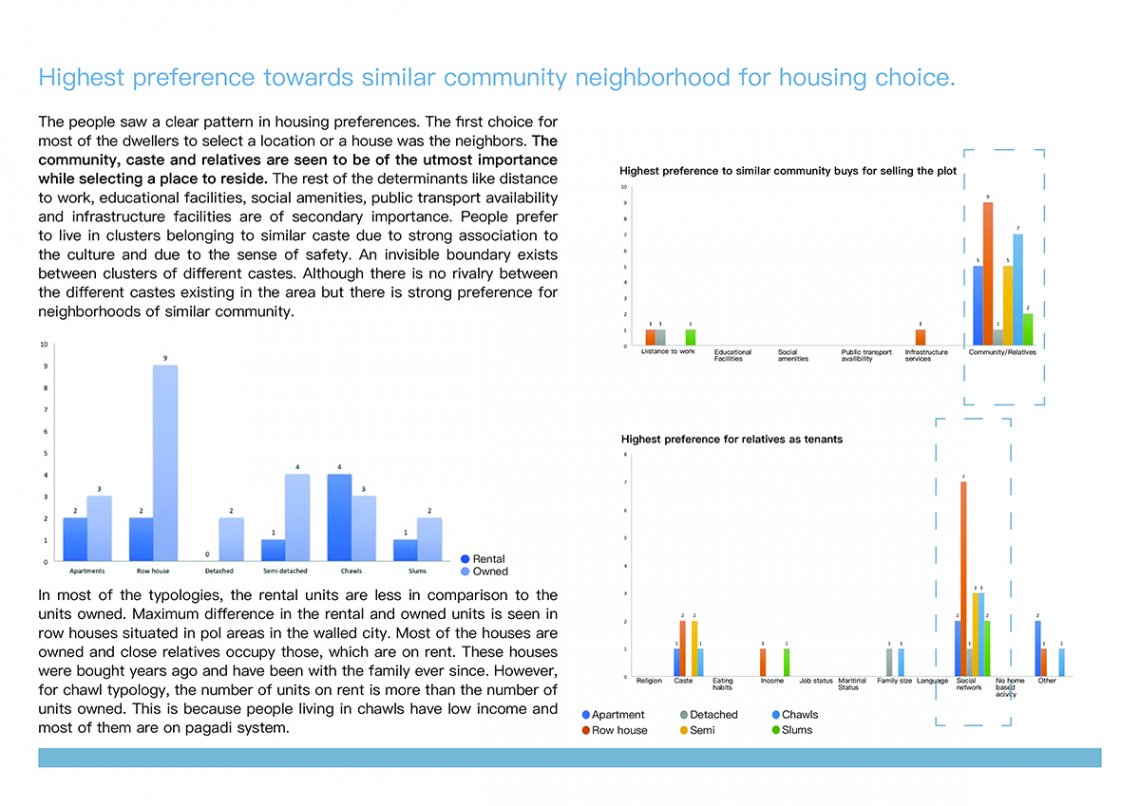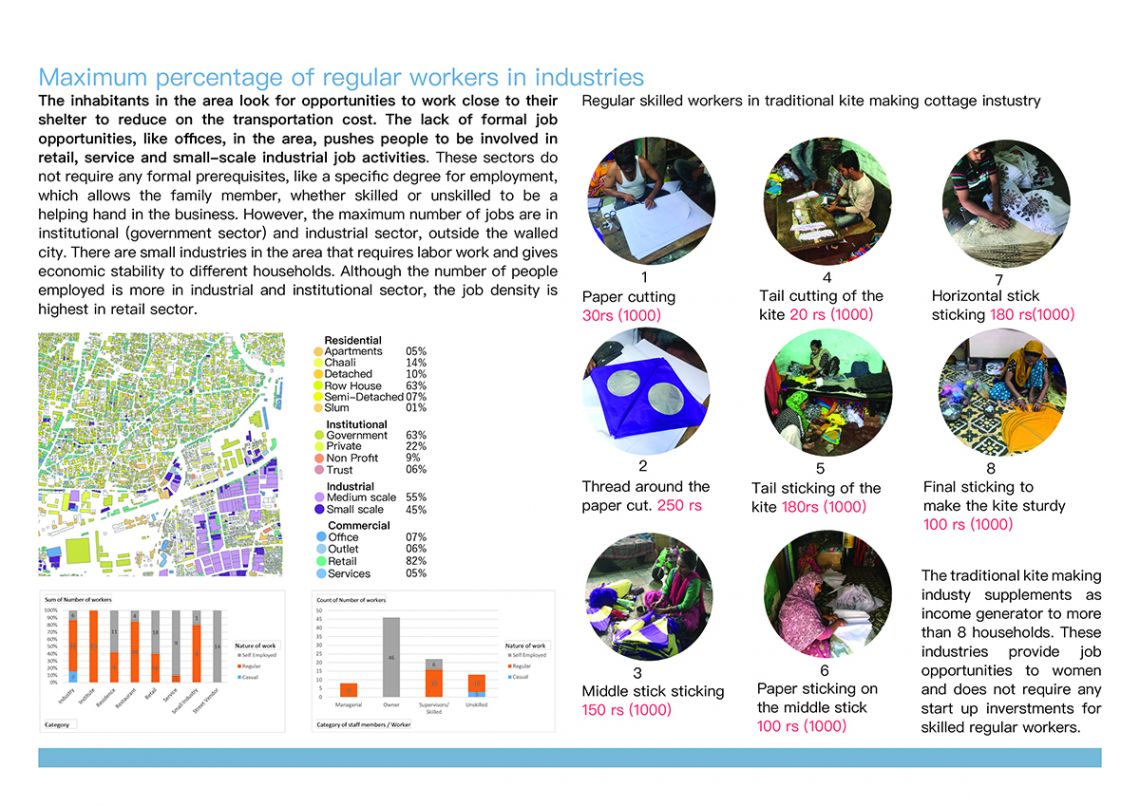Your browser is out-of-date!
For a richer surfing experience on our website, please update your browser. Update my browser now!
For a richer surfing experience on our website, please update your browser. Update my browser now!
The Jamalpur area in the walled city of Ahmedabad has evolved and grown with a strong sense of neighbourhood, with a priority for a particular community neighbourhood as the dweller. With the expansion and evolution of the old city, the areas have filtered the dissimilar communities and separated them with invisible boundaries. Muslim community occupies a large proportion of this area. The urban fabric acts as a stage that supports daily activities, which brings life to the area. Areas belonging to different communities have its own peculiarities carved by the people living in the area. This could be compared to the space inside different houses, none of the houses have exactly the same space inside, and each house has its own identity. The peculiarities of the area include the organic narrow lanes which act as public realm. These narrow streets with vehicular restrictions act as open places for people. The direct relationship of the built form with the streets makes the edges of the street porous and engaging. Due to this, the streets feel safe and hence more active. There are a number of housing choices in the region like bungalows, chawls, row houses, slums, tenements and apartments, which inhabits people from different strata of the society. The study looks into the formation, functioning and life in a ghetto. The livelihood and life in ghettos are different than the places outside ghettos in ways described further in the summary report.
